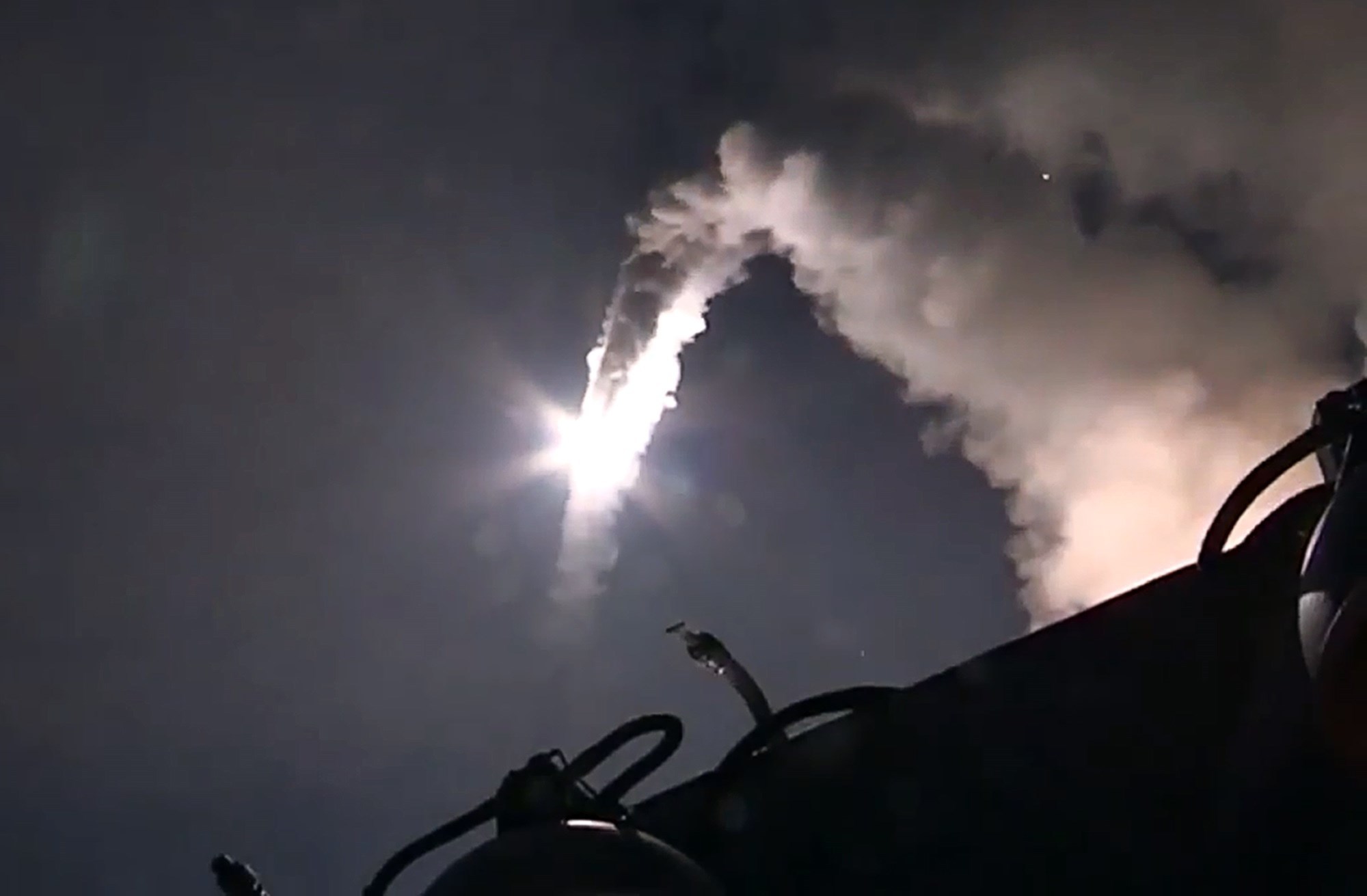.
.
.
Russia to ramp up
Syria airstrikes: report
Moscow plans to more than triple its bombing runs in support of regime ground operations.
By Mmedia and Information Clearing House.
Russia has been
preparing to dramatically escalate the tempo of its airstrikes on behalf
of the Bashar al-Assad regime, according to a Kuwaiti daily.

“The Russian air command operation room in Syria reported the need to increase the amount of airstrikes from 60 a day to 200 or 300 a day in Syria,” sources in the Russian-Iraqi-Iranian-Hezbollah operations room in Baghdad told Al-Rai.

The sources explained that the current airstrikes have served as “force reconnaissance to test the reaction of the enemy, its readiness and places of relocation.”

The Kuwaiti newspaper added that the current number of missions is “insufficient to prepare the theater of operations and [hit] the targeted area with the required firepower.”

The sources also said that Russia has been only able to conduct approximately 60 strikes a day due to the technical limitation of only having two airports in the region, adding that a third base was being prepared and will be ready in the “coming month.”

Al-Rai reported that newly assembled pro-regime forces, including Iranian troops and those of Hezbollah, would not be deployed into battle against rebels in the Idlib province until the tempo of Russian airstrikes picks up, adding that the initial stage of bombardment did not have the desired effect.

Russia began its aerial bombardment campaign in Syria on September 30, striking rebels in the Homs, Hama, Latakia and Idlib provinces while also claiming to have hit ISIS targets further east.

Despite Moscow’s claim it was hitting ISIS, most of its airstrikes have been conducted in coordination with Syrian regime ground operations against rebels in the northwest of the country.

The Syrian regime on October 7 launched a major military operation in the northern Hama province in a bid to push rebels back in the area as part of a wider strategy focused on securing the frontlines along the government’s coastal heartland.

“The Russian air command operation room in Syria reported the need to increase the amount of airstrikes from 60 a day to 200 or 300 a day in Syria,” sources in the Russian-Iraqi-Iranian-Hezbollah operations room in Baghdad told Al-Rai.

The sources explained that the current airstrikes have served as “force reconnaissance to test the reaction of the enemy, its readiness and places of relocation.”
The Kuwaiti newspaper added that the current number of missions is “insufficient to prepare the theater of operations and [hit] the targeted area with the required firepower.”

The sources also said that Russia has been only able to conduct approximately 60 strikes a day due to the technical limitation of only having two airports in the region, adding that a third base was being prepared and will be ready in the “coming month.”

Al-Rai reported that newly assembled pro-regime forces, including Iranian troops and those of Hezbollah, would not be deployed into battle against rebels in the Idlib province until the tempo of Russian airstrikes picks up, adding that the initial stage of bombardment did not have the desired effect.
Russia began its aerial bombardment campaign in Syria on September 30, striking rebels in the Homs, Hama, Latakia and Idlib provinces while also claiming to have hit ISIS targets further east.

Despite Moscow’s claim it was hitting ISIS, most of its airstrikes have been conducted in coordination with Syrian regime ground operations against rebels in the northwest of the country.

The Syrian regime on October 7 launched a major military operation in the northern Hama province in a bid to push rebels back in the area as part of a wider strategy focused on securing the frontlines along the government’s coastal heartland.
